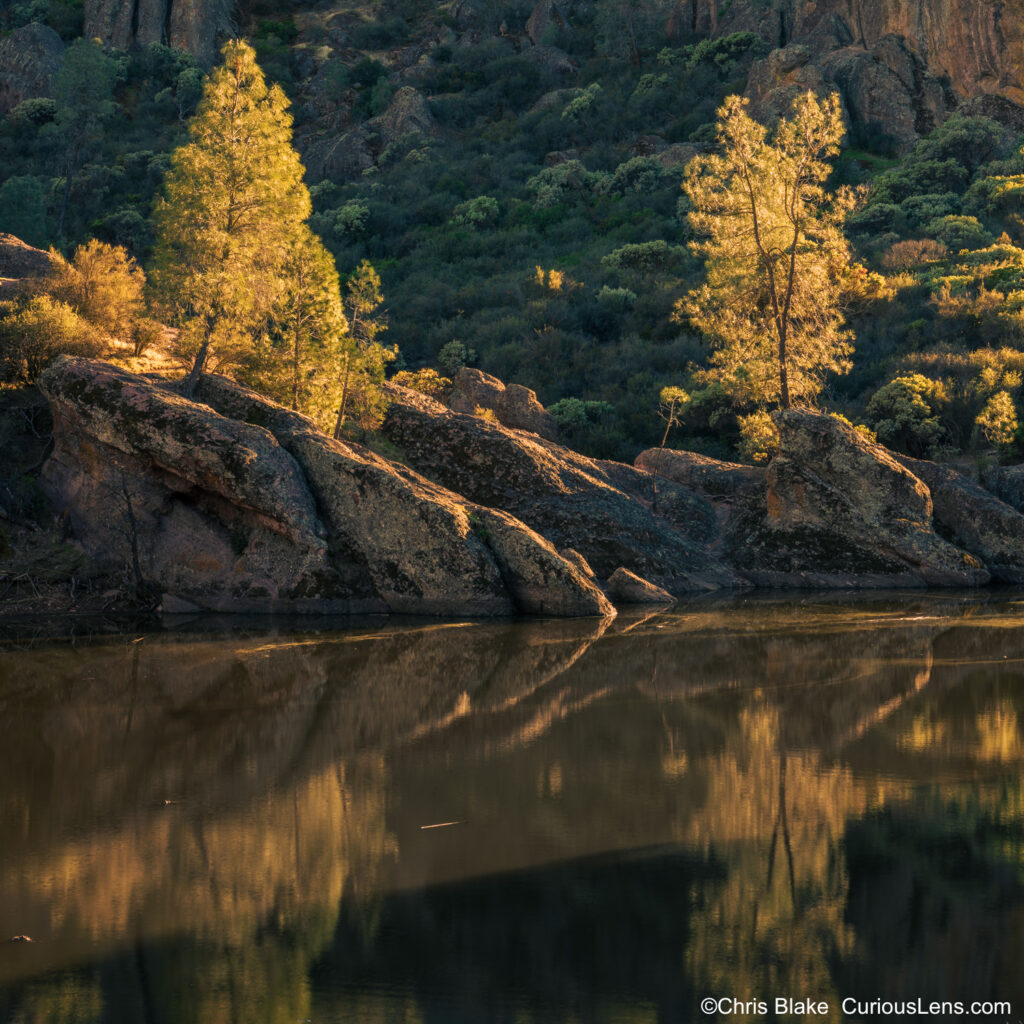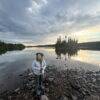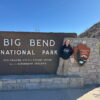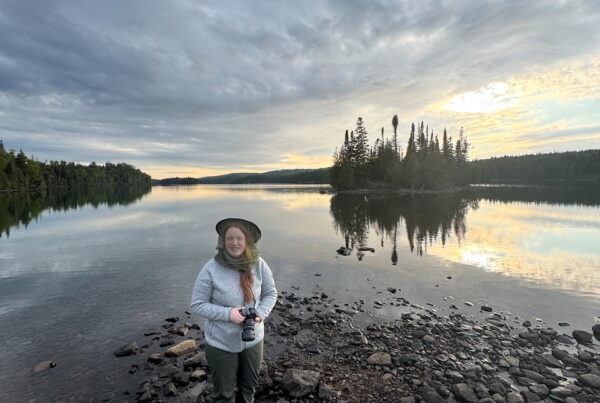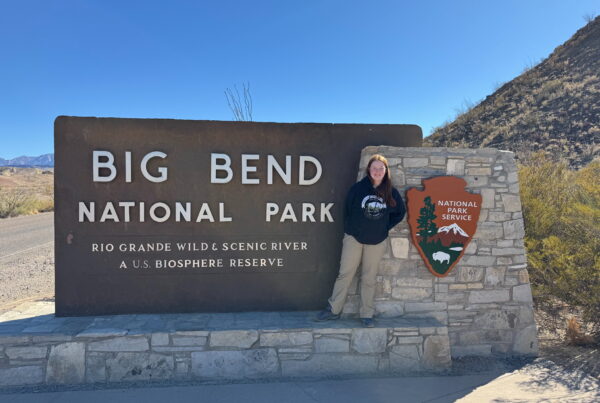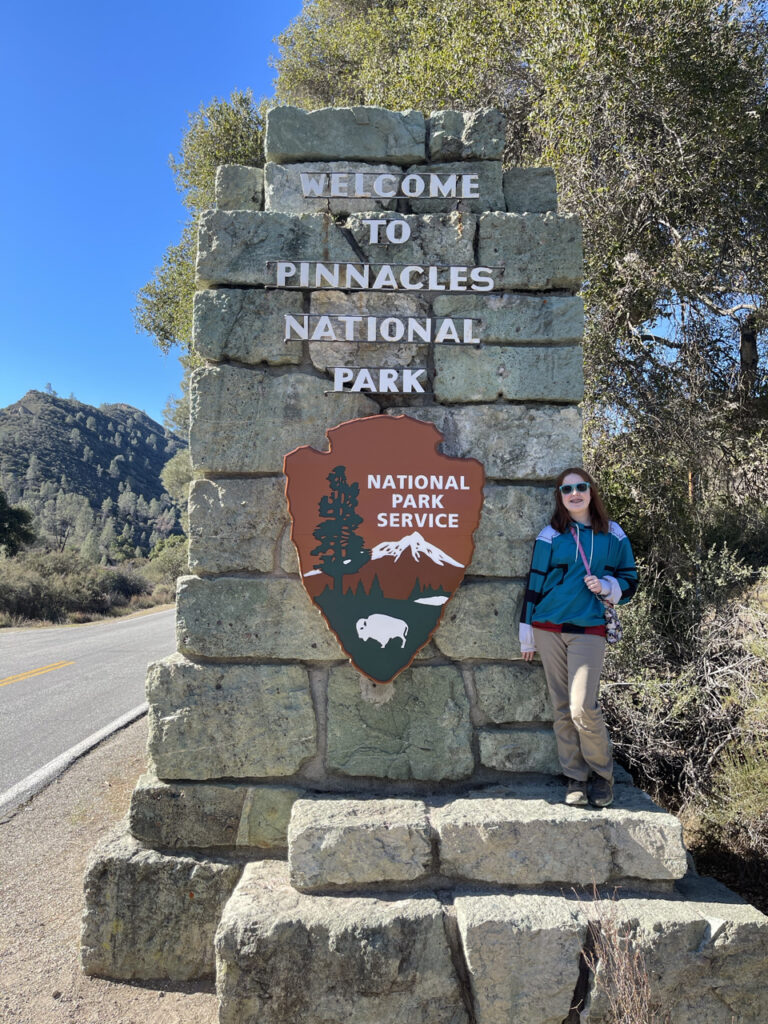
On our recent trip to Big Sur, we also explored Pinnacles National Park. With no convenient lodging nearby and winter chill dissuading us from camping, we based ourselves in Salinas for the duration. This marked our 28th visit to a National Park, and it was thrilling to be back on the West Coast.
Pinnacles may be compact at just 26,000 square acres, but its history and geology are immense. Established as a National Monument by President Theodore Roosevelt in 1908 and upgraded to a National Park by President Barack Obama in 2013, it presents a remarkable piece of America’s natural heritage.
The park encompasses one half of the ancient, extinct Neenach Volcano, which erupted about 23 million years ago. The Neenach has since drifted 195 miles from its counterpart along the San Andreas Fault due to tectonic movements. This incredible journey has sculpted the striking rock formations and talus caves that give the park its name.
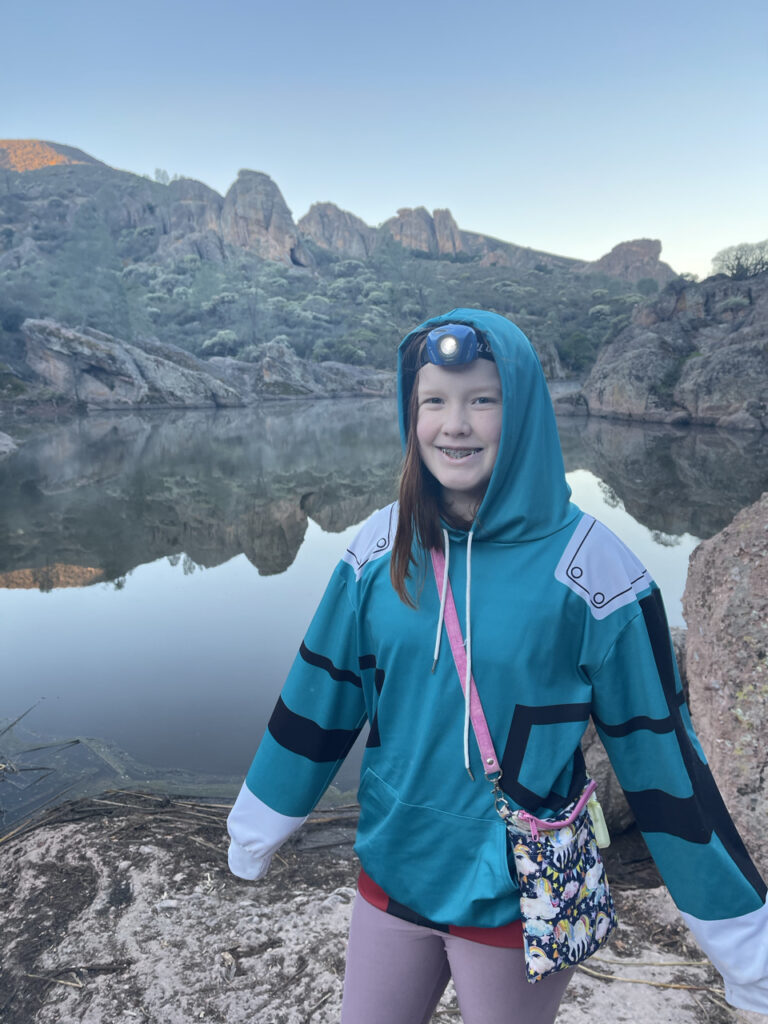
Situated approximately 40 miles from the Pacific Ocean, Pinnacles varies in elevation from 800 feet to 3,300 feet above sea level. Hikers should be ready for ascents that are challenging but rewarding, with descents that are pleasantly less strenuous. The park is also a haven for wildlife, notably the majestic California condor, reintroduced here in 2003 as part of ongoing conservation efforts.
Pinnacles is split into two distinct areas: the eastern and western regions. The eastern section offers water, shade, an abundance of trails, and accessible caves, making it the more popular choice, especially on weekends when early arrival is essential due to limited parking. The western region features towering high pinnacles and fewer amenities but is quicker to access.
Our winter visit was strategically planned to avoid the intense summer heat, a decision that paid off with uncrowded trails and ample parking. Despite the clear, but starkly blue skies which were less than ideal for photography, the tranquility of hiking without seeing another soul was refreshing. Our first day started early on the east side at the Bear Gulch Reservoir trailhead. Although the pre-dawn hike in the cold was challenging, the sight of sunlight kissing the towering pinnacles and mist rising from the warming lake was mesmerizing.
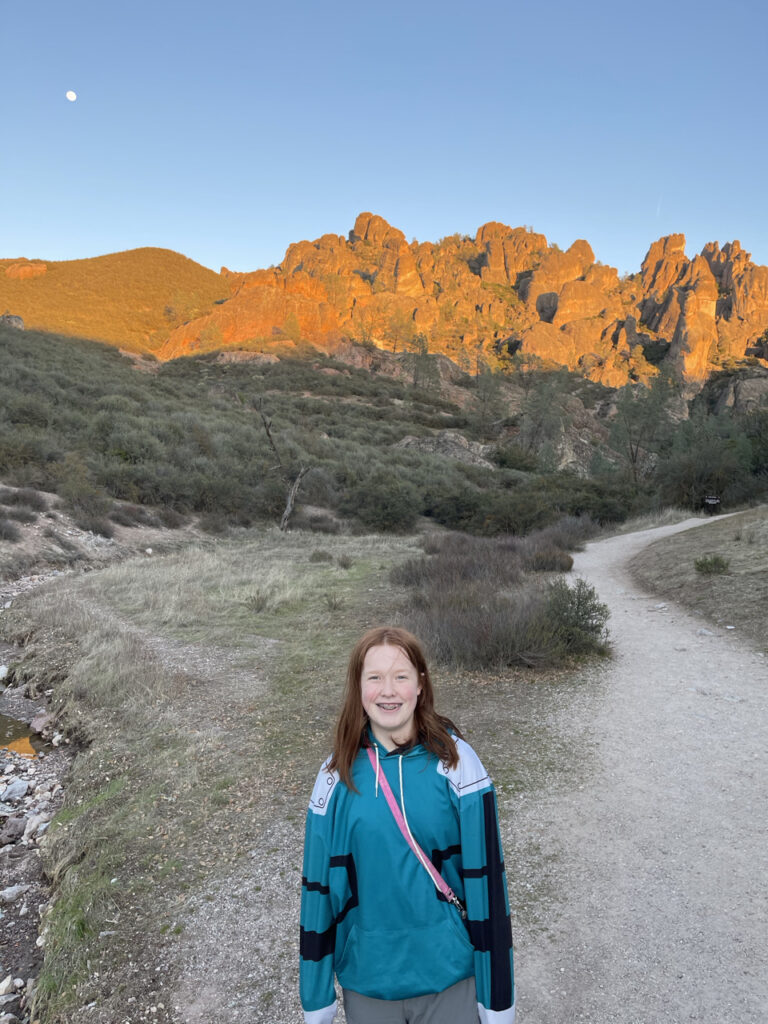
The next day, we returned to explore more of Bear Gulch’s trails, caves, and waterfalls. The walks were straightforward, with total elevation gains varying between 400 and 750 feet, and every step offered something new to capture our attention and make the effort worthwhile.
Our exploration then took us to the park’s western side, which is inaccessible from the east by road. The remote trails, high walls, and sparse shade offered a stark contrast to the eastern side. An early start allowed us to enjoy extensive hikes and some off-trail climbing to a summit with spectacular views, although the bright sky again challenged my photography. Nonetheless, the sight of California condors soaring above was unforgettable.
Another pre-dawn venture to the reservoir yielded a beautiful sunrise viewed from the heights above the dam. On our way back, the morning light revealed numerous hawks and condors, adding a thrilling element to our hike.
As our trip drew to a close, the persistent clear skies began to diminish my enthusiasm for photography, and Cami felt she had experienced the park’s offerings fully. We spent our final days exploring the west side, savoring our last sunset in the park.
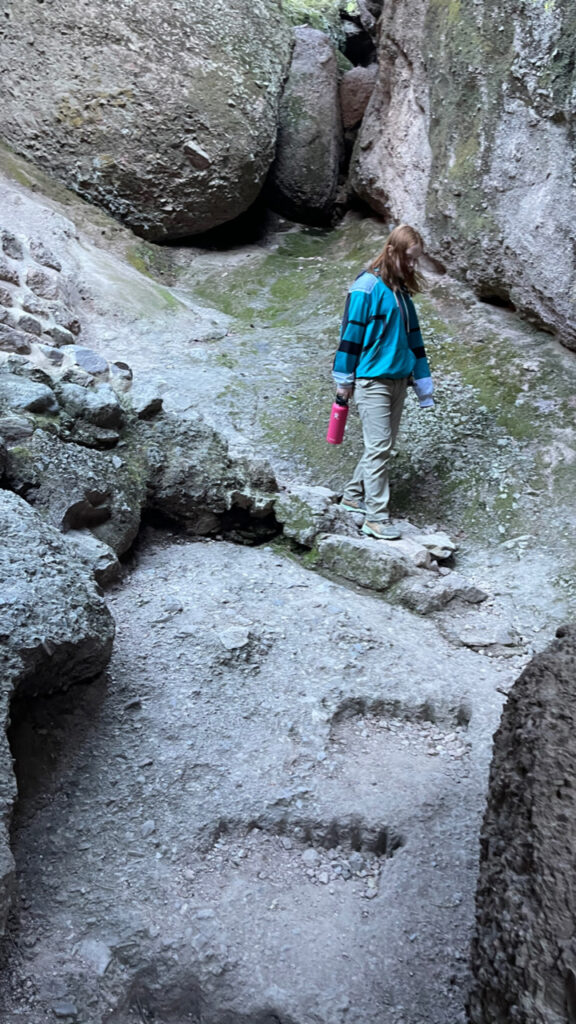
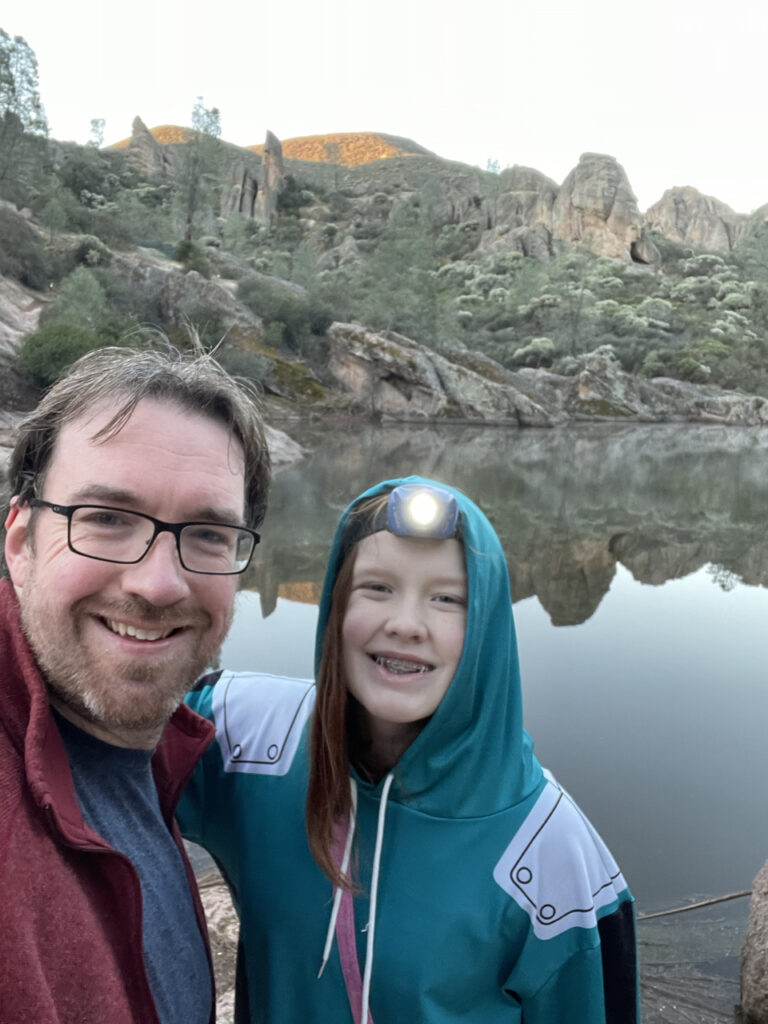
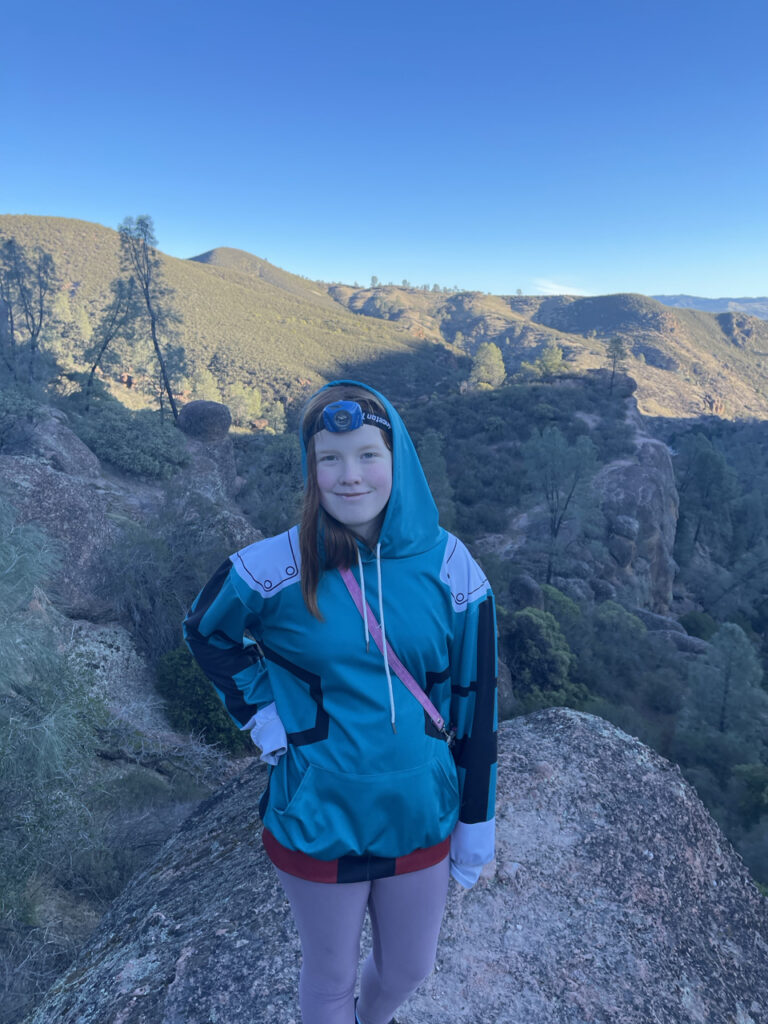
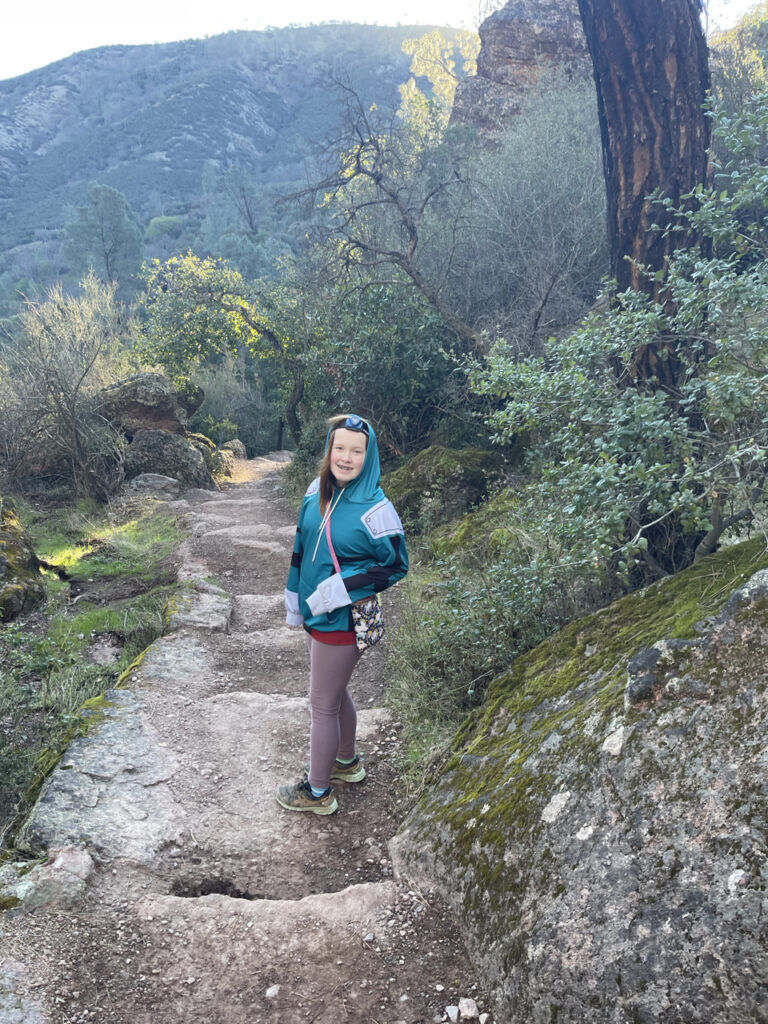
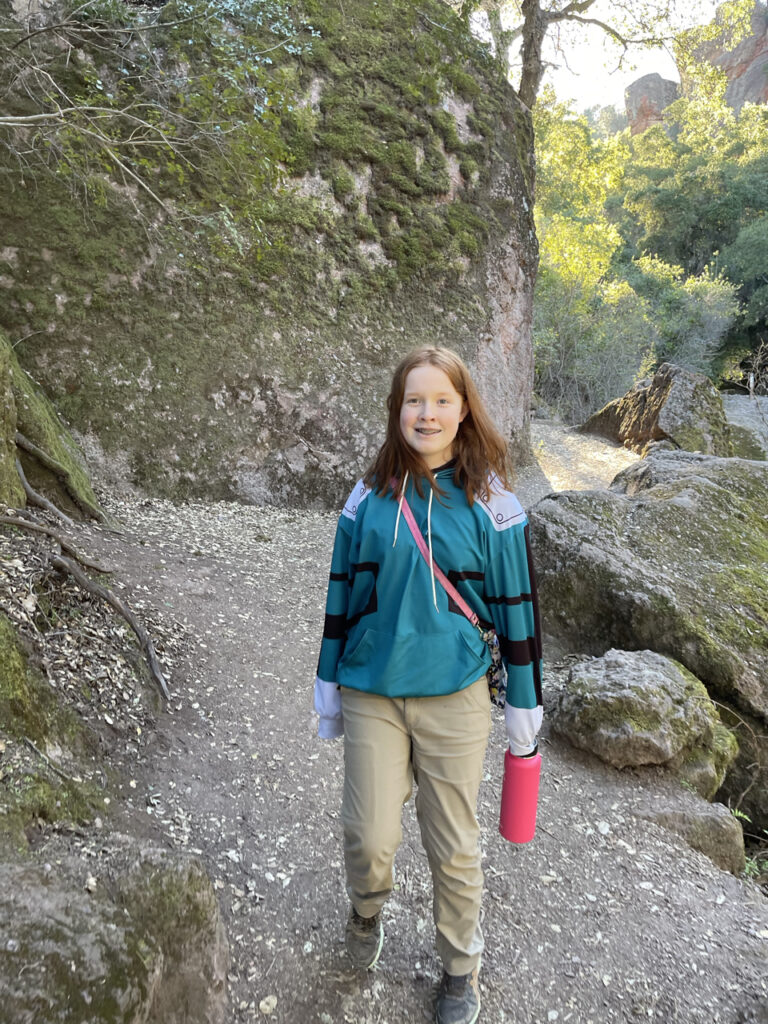
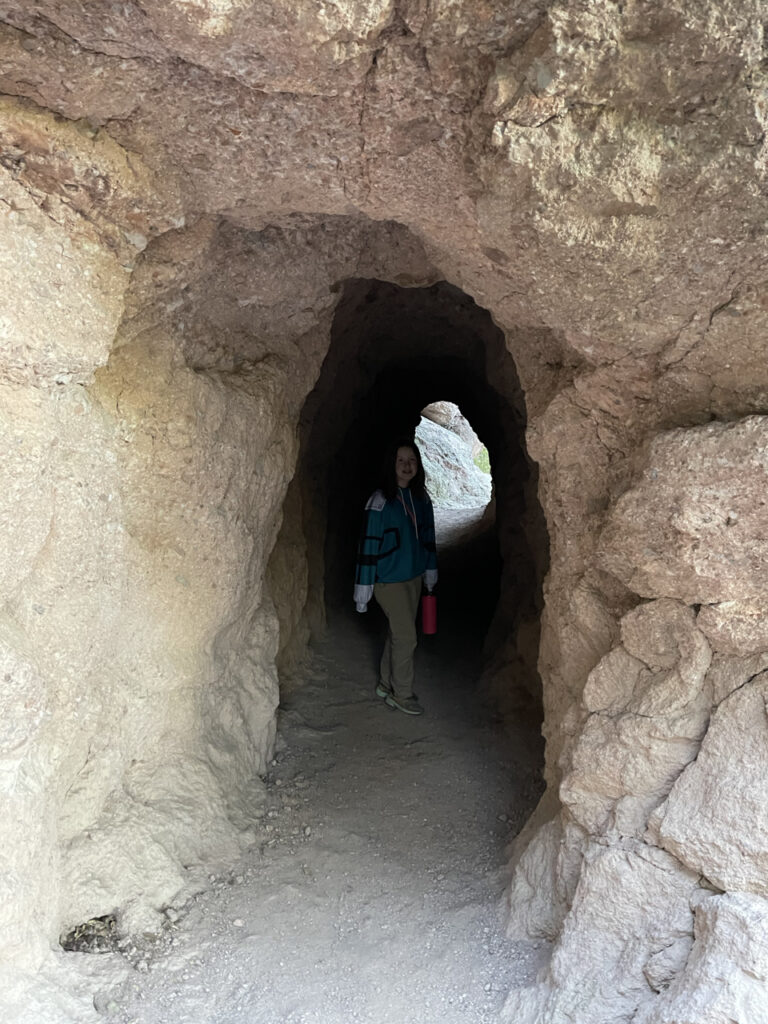
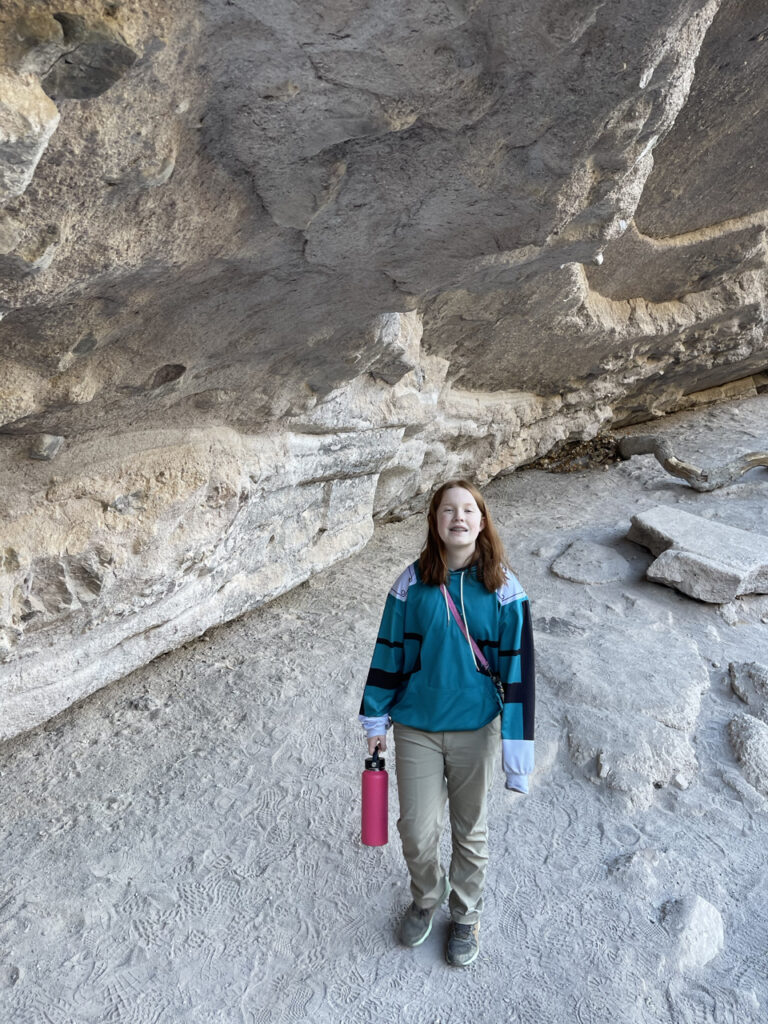
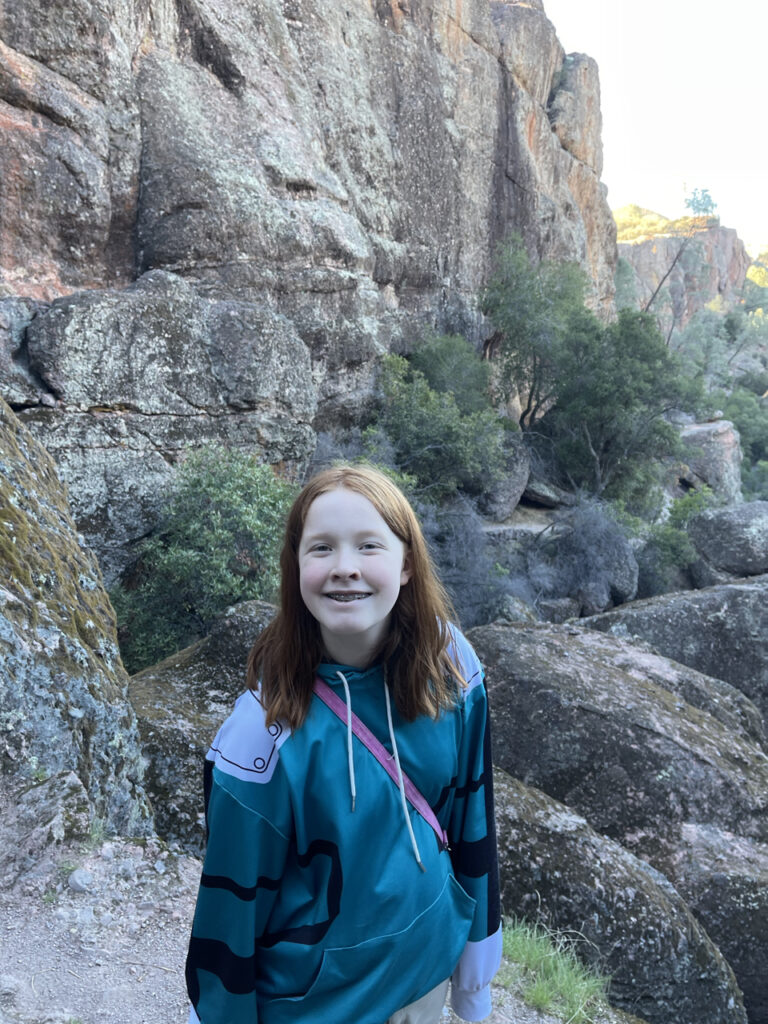
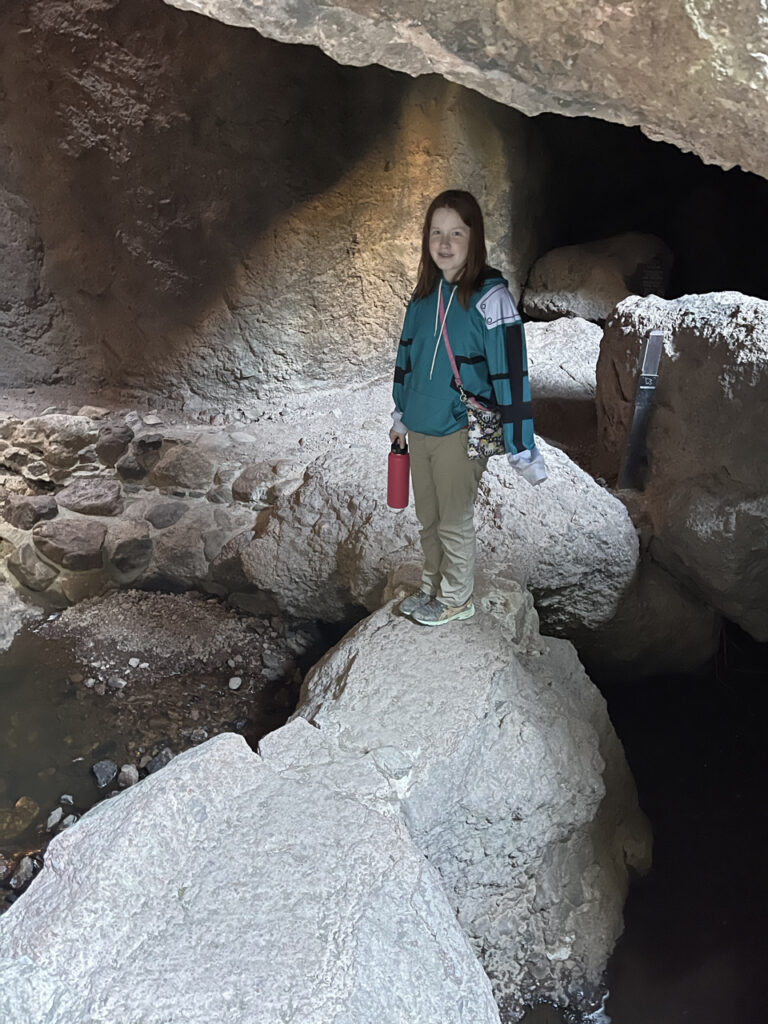

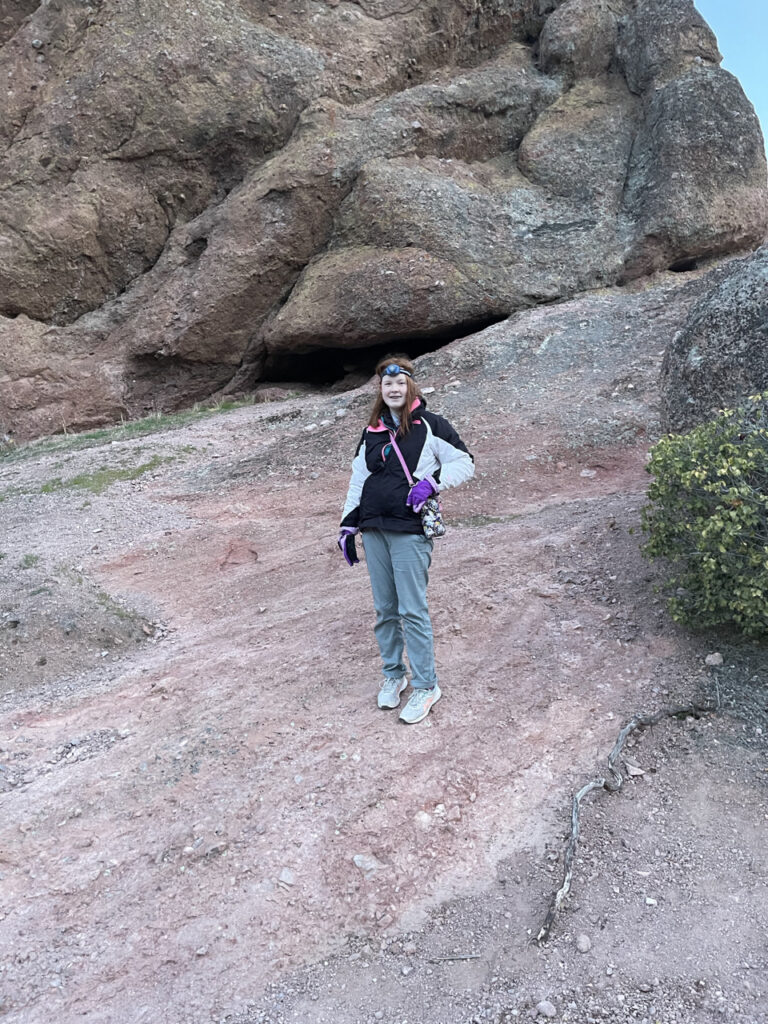
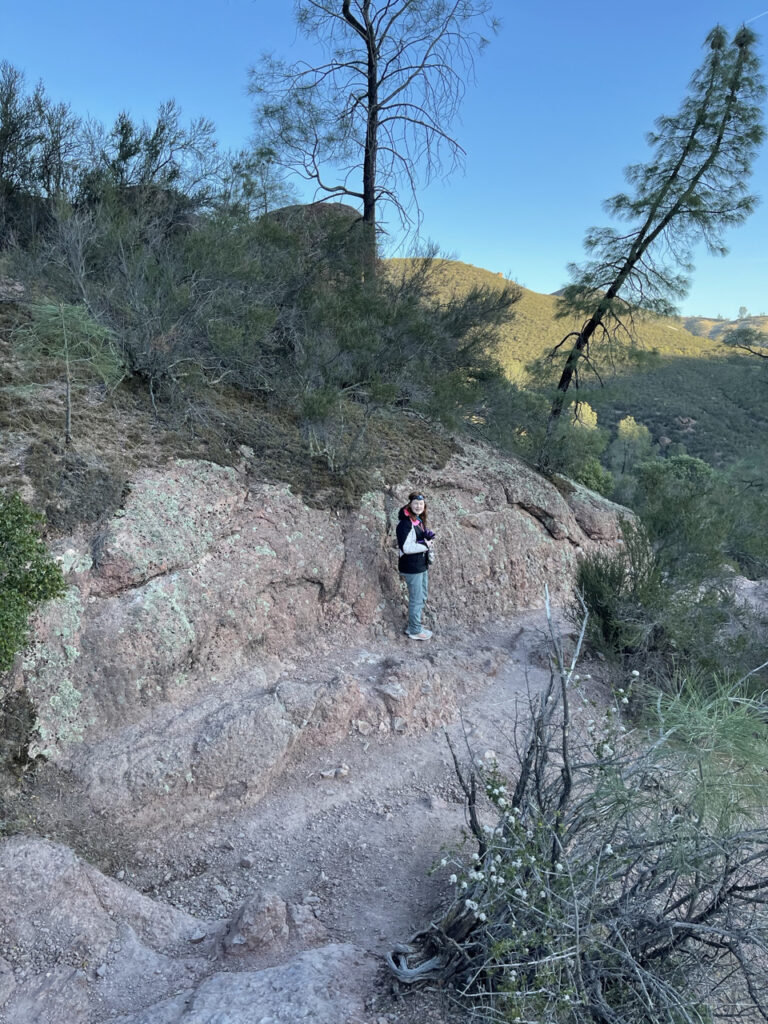
Pinnacles National Park, with its unique geological and wildlife features, certainly merits a return visit under different weather conditions for more dynamic photography opportunities and to experience its changing moods.
